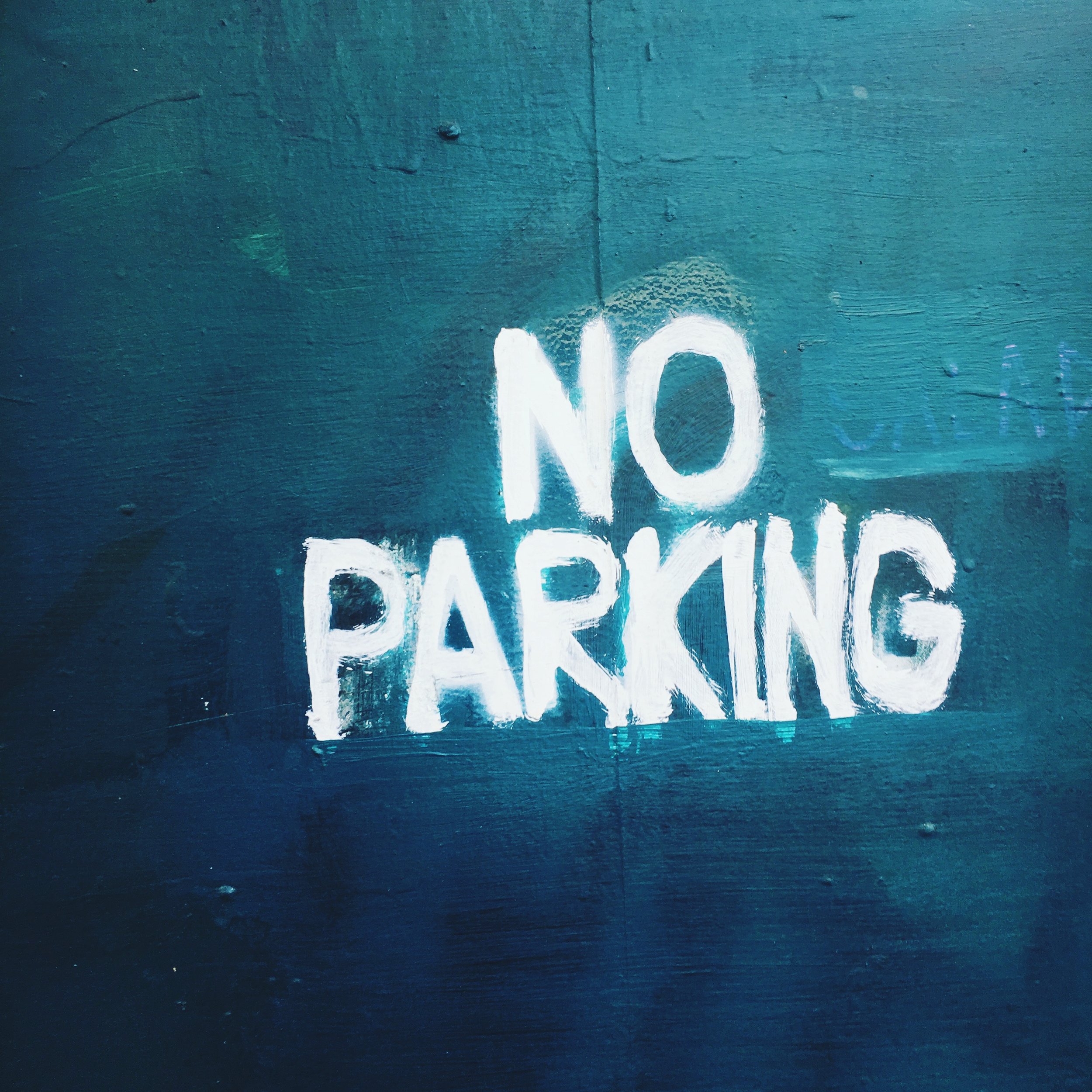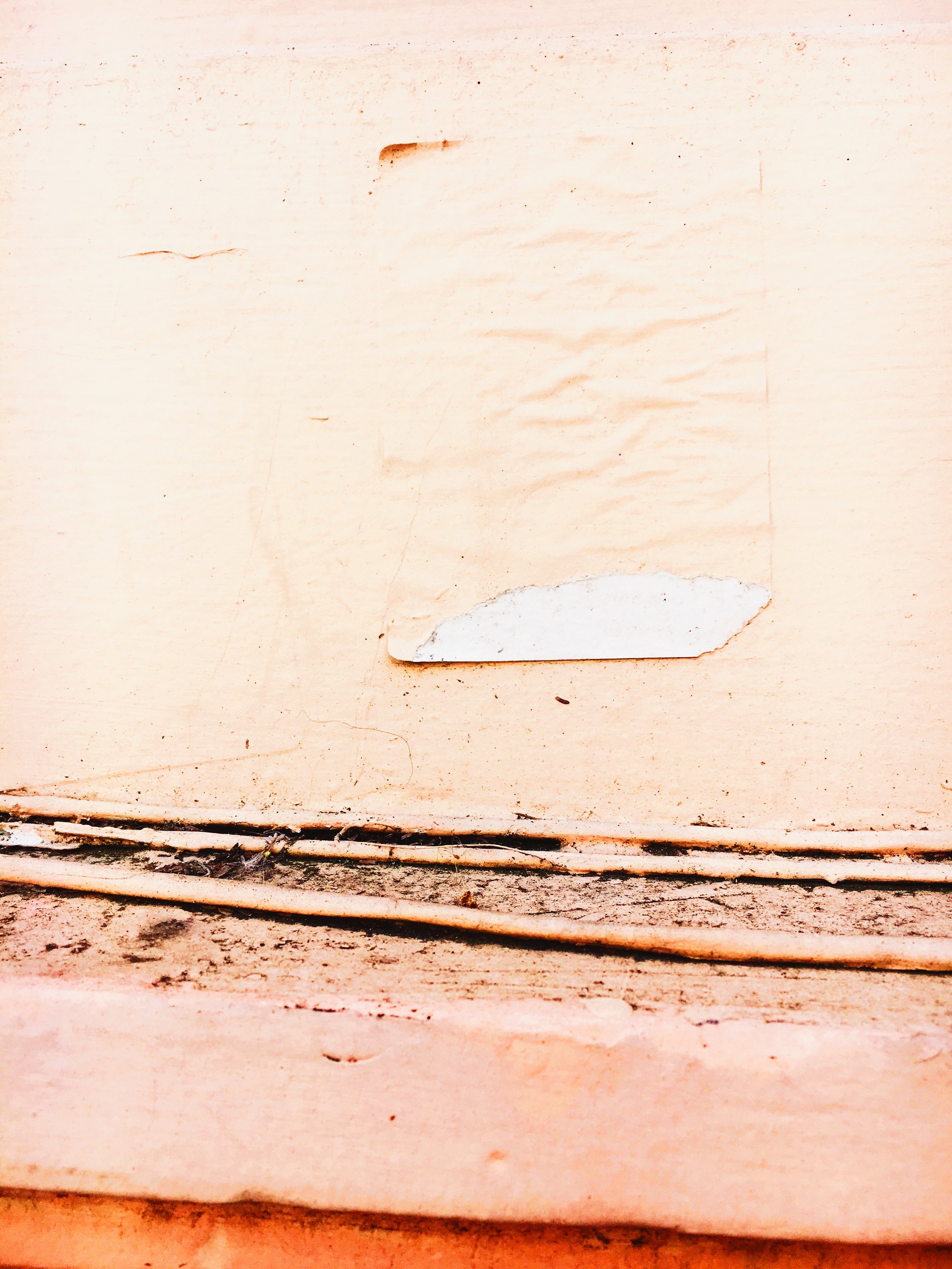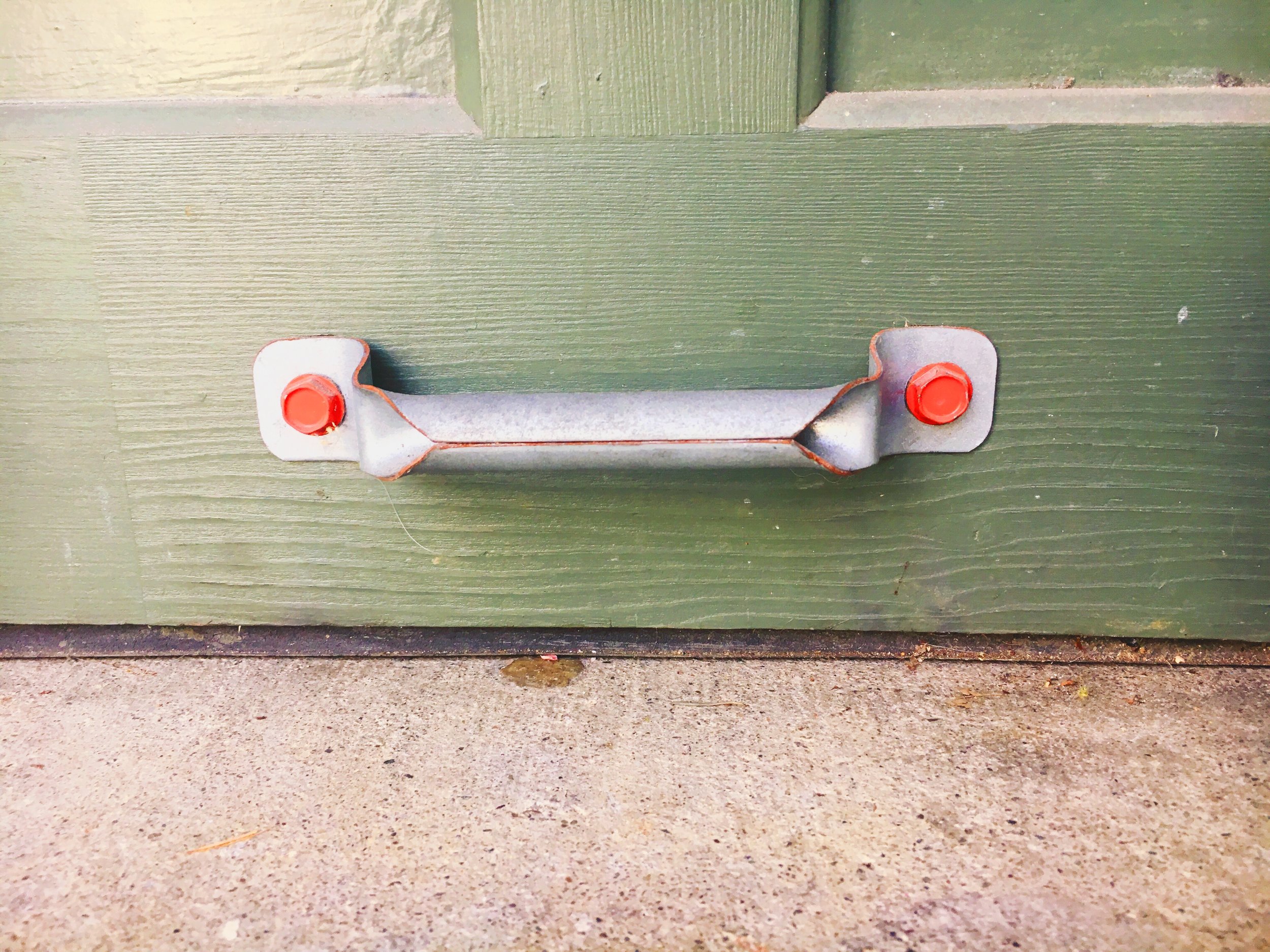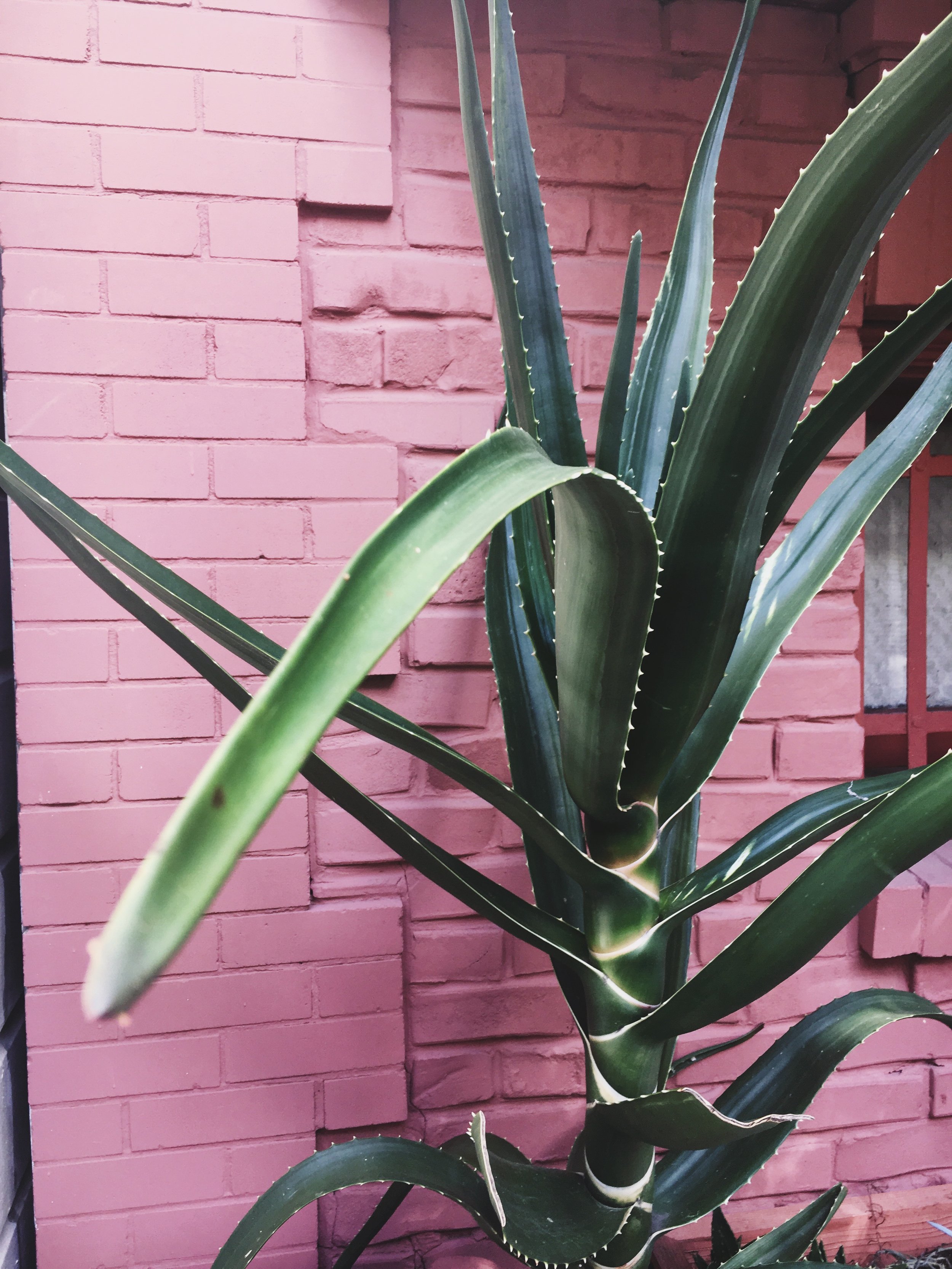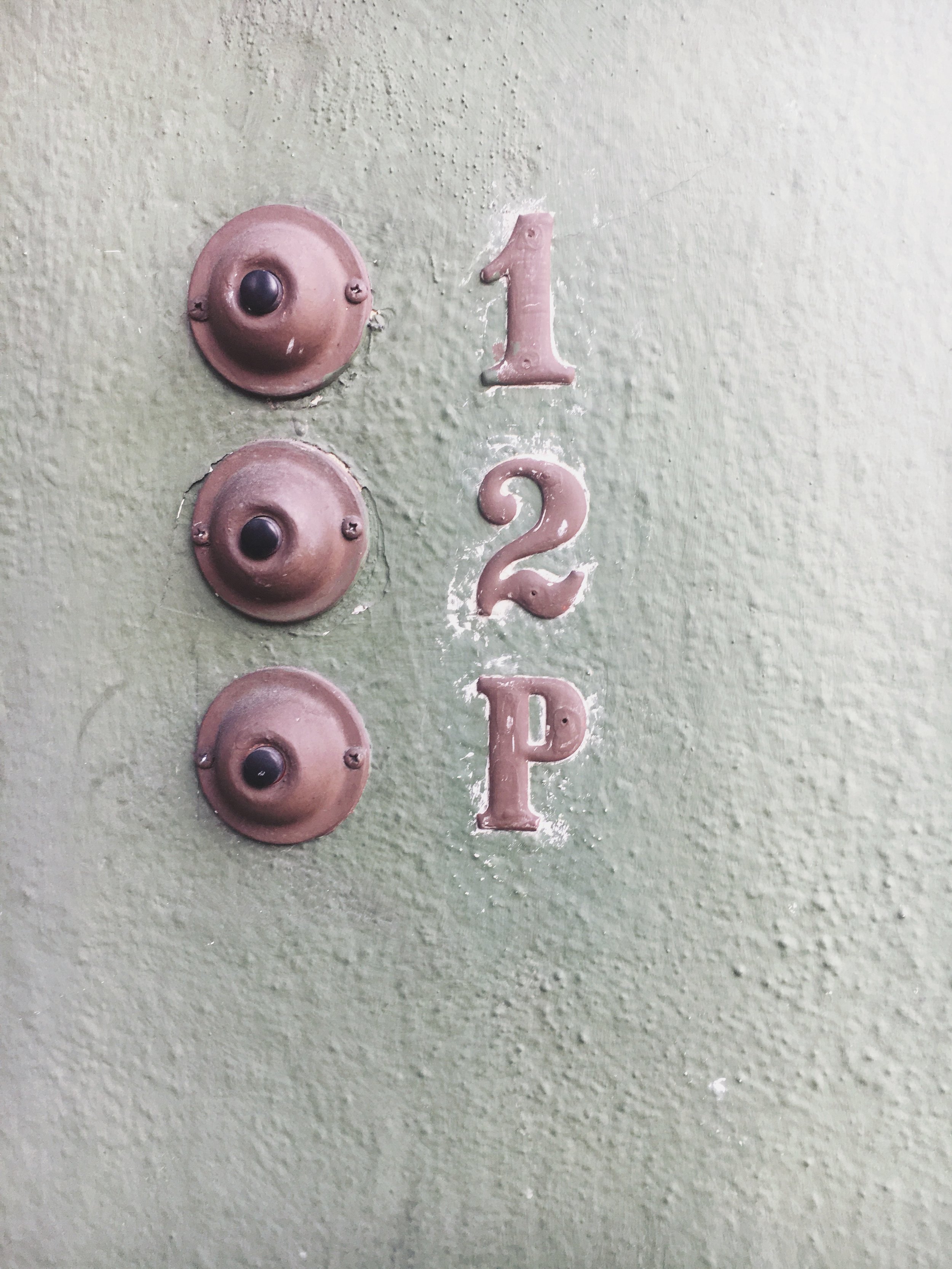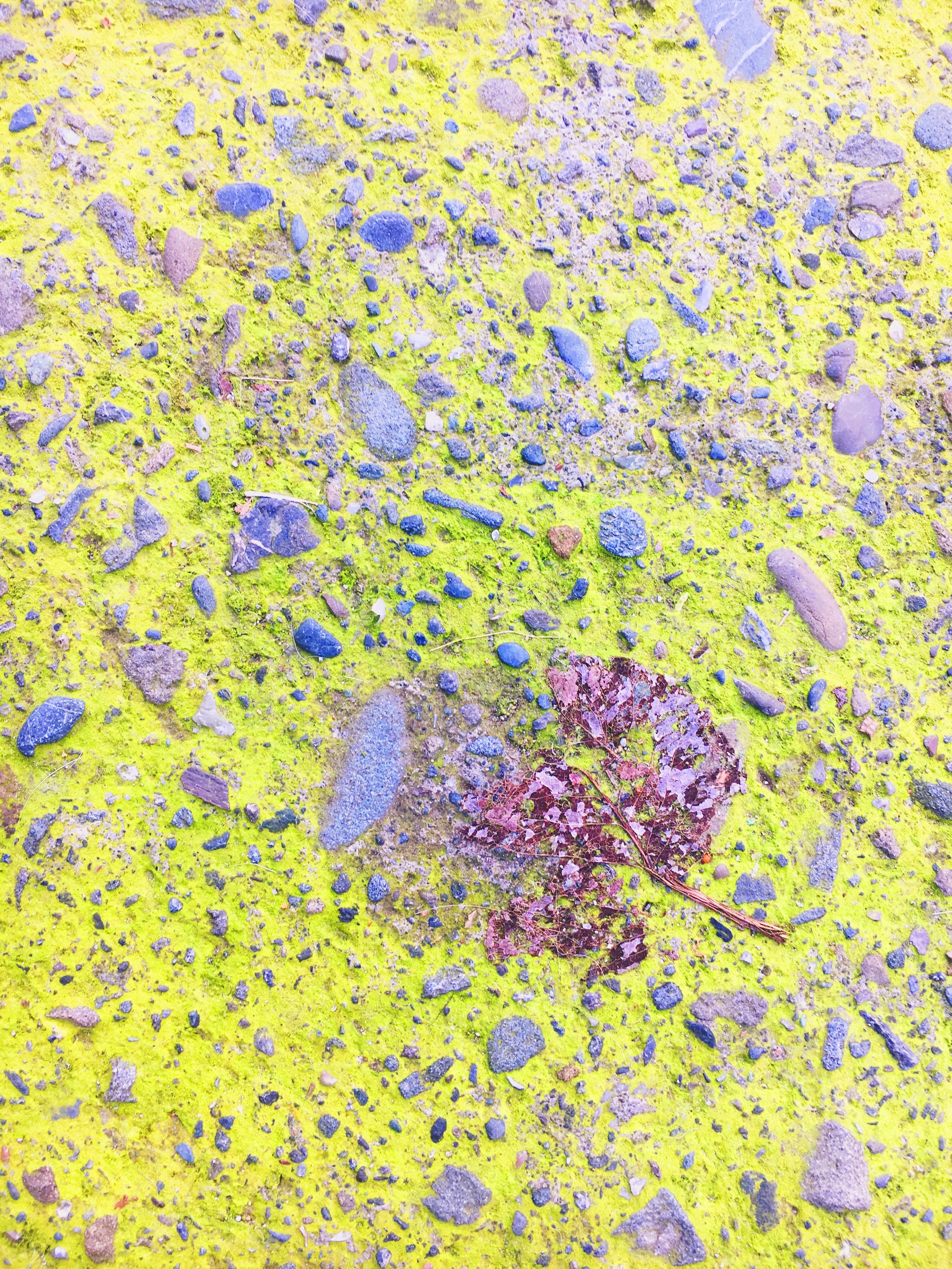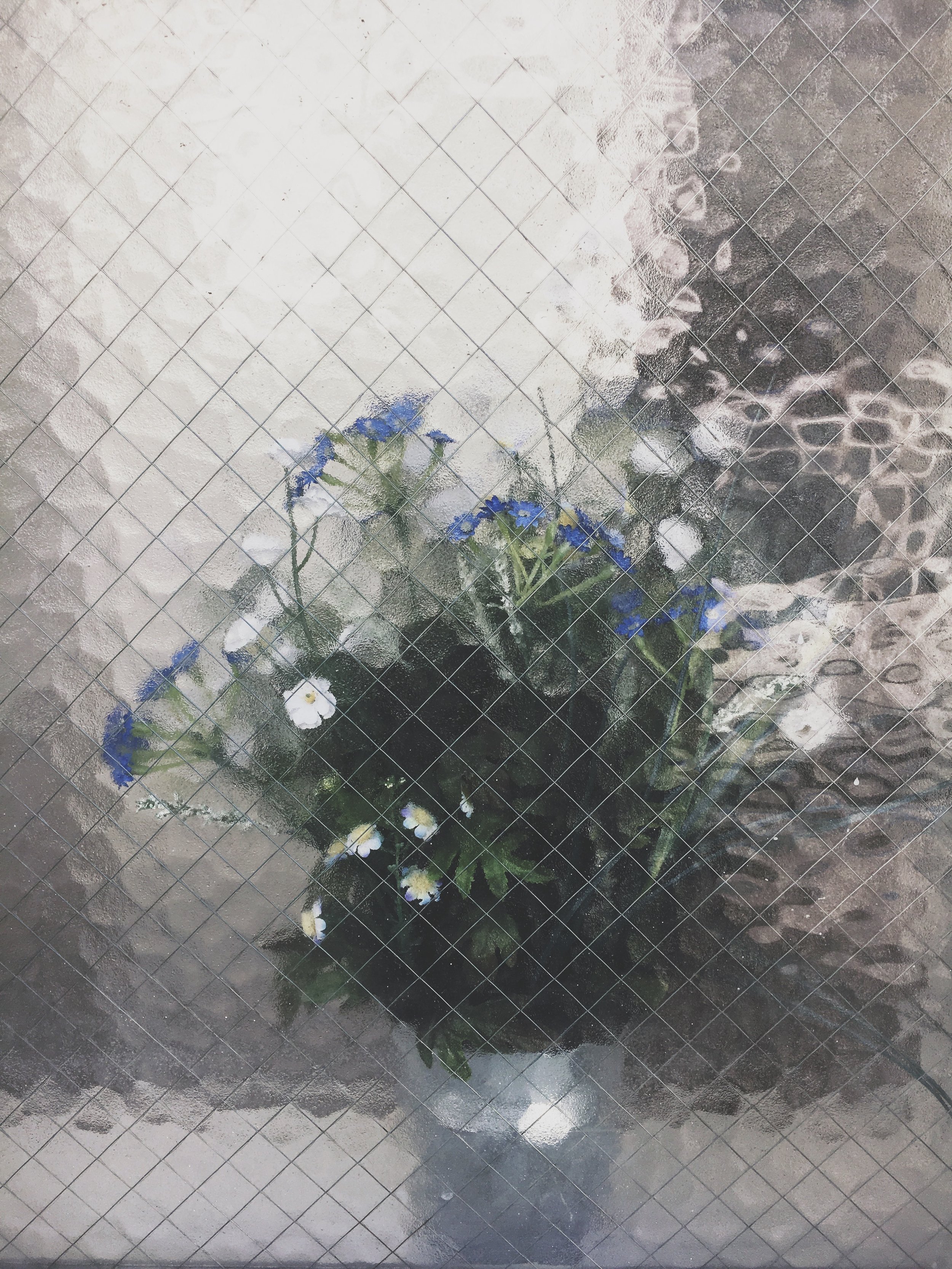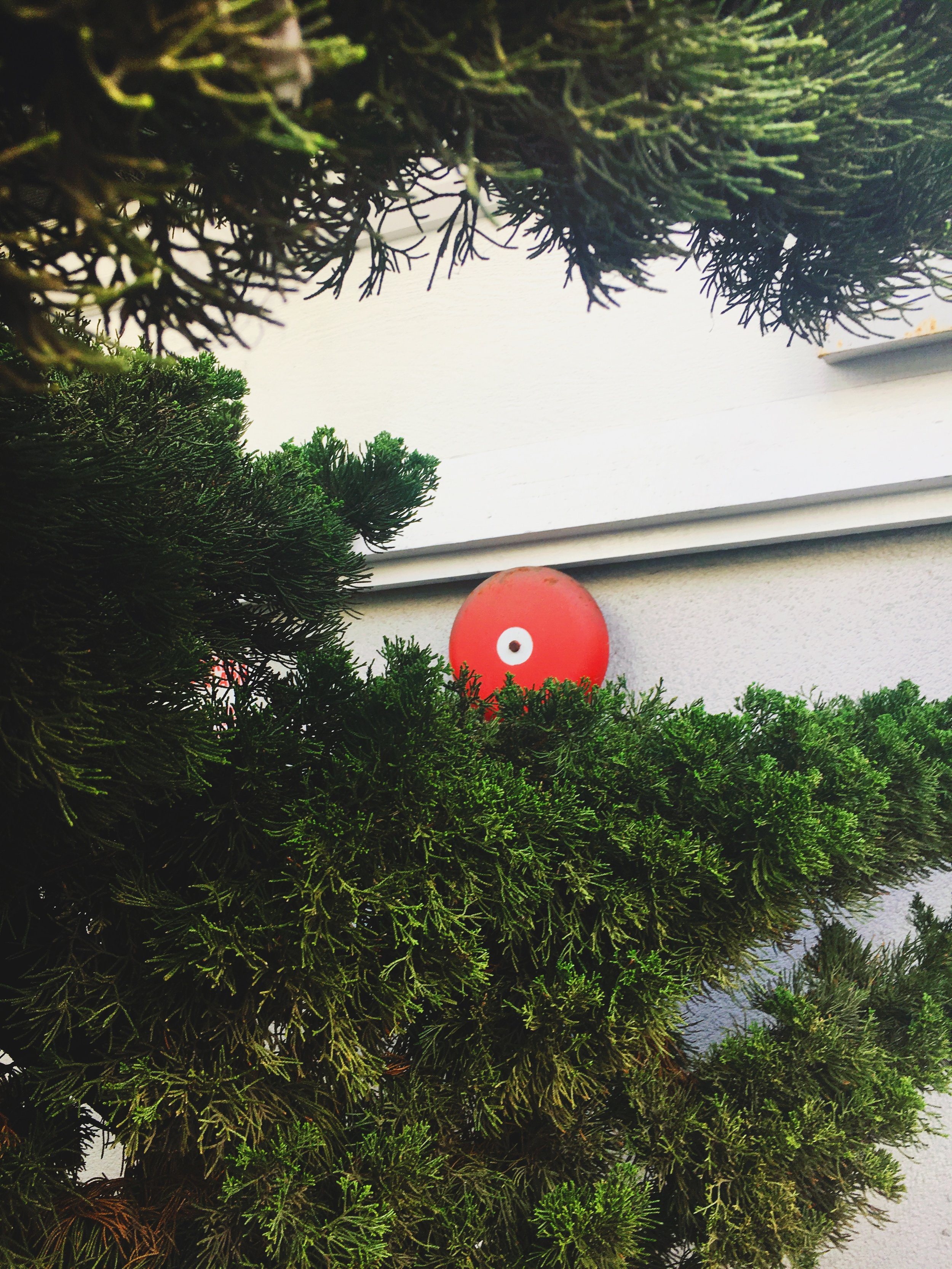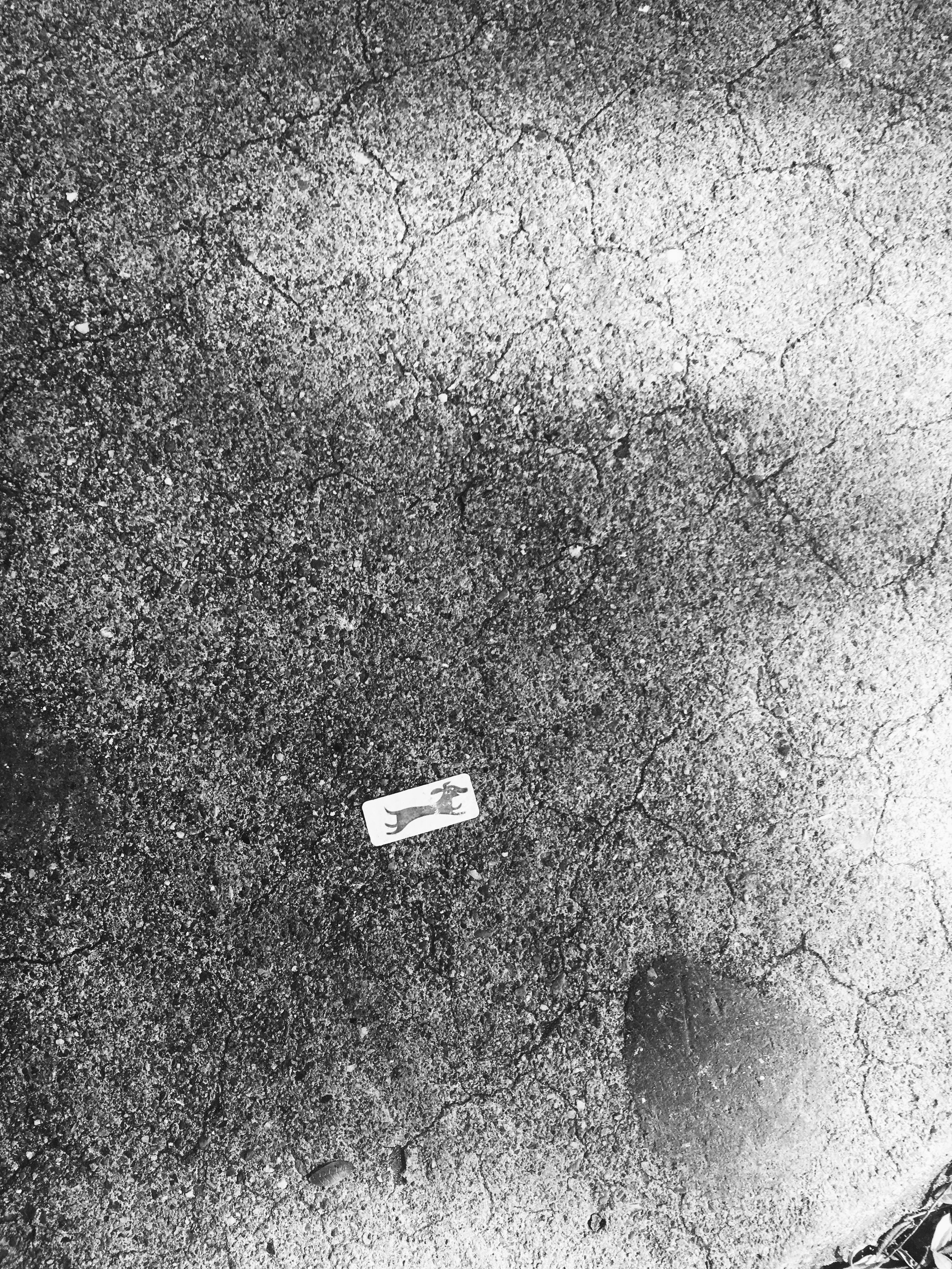psychogeography & the derive: a reflection
Recently, for a class assignment, a group of my friends and I got together to go on a derive! Our group’s derive started in Dolores Park on a sunny weekend morning. We let the sidewalk lead us up into the park, a wide path that beckons toward the open, grassy spaces in the park. We followed the meandering paths past benches and a tennis court before the sound of a drum line practice at the nearby school caught our attention. We let the sound lead us out of the park and back onto the busy main streets.
While the park had a lazy, relaxed feeling, the streets nearby felt much more harsh and hostile, and we soon escaped down a quieter residential street to slow our pace again. It was still unclear to all of us what we wanted to explore, but something particular caught my eye. I became very interested in the color and texture juxtapositions created by the natural world interacting with the built environment and the residue of the human.
This “residue” might be a sprinkler head in a patch of grass, a poster caught up in the branches of a tree, an orange peel dropped on the sidewalk, or a name carved in concrete. Different areas of the city have different kinds of residue. The main streets are often filled with bits of trash with harsh graphic logos and colors still screaming for attention. The park felt more serene- as if people were more reluctant to disturb the built environment. Or, perhaps, the city is simply quicker to erase the residue in these zones.
However, I found the residential areas the most interesting. We spent quite a lot of time in the residential streets. The cool shade and calm quiet naturally slowed our pace and invited us to look more closely, to take our time. People find a way to mark their spaces in a myriad of ways. Many homes have names and pictures written in the concrete outside their doorsteps. Others have hand-lettered “NO PARKING” notices or notes for their local delivery person taped to their doors. These marks feel much more organic and personal; a sharp contrast to the graphics of the main streets. These marks felt like individual voices whispering, rather than the residue of a faceless company.

